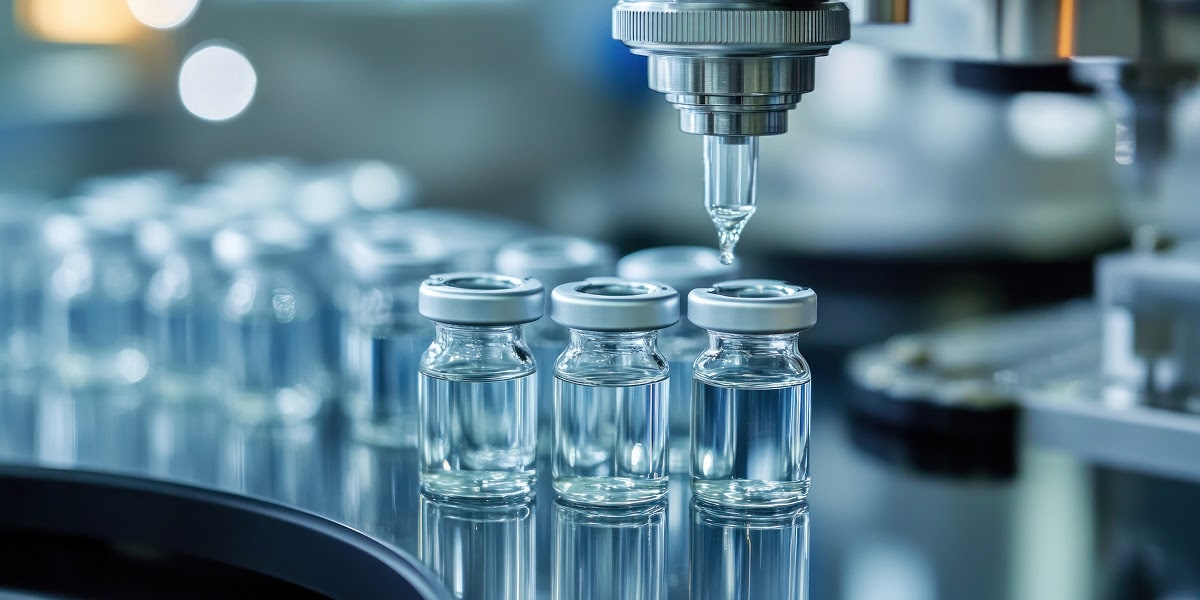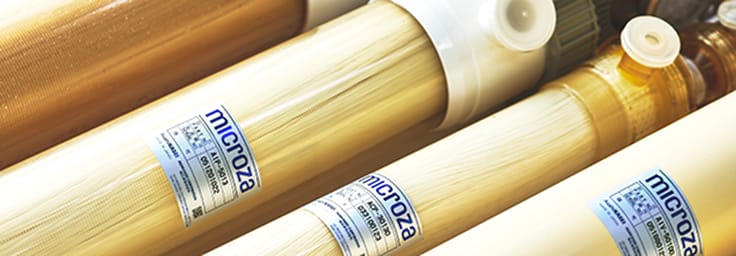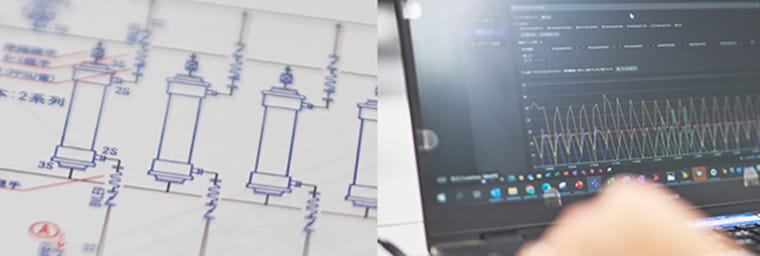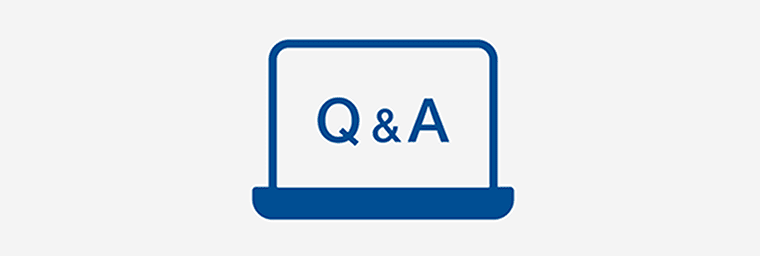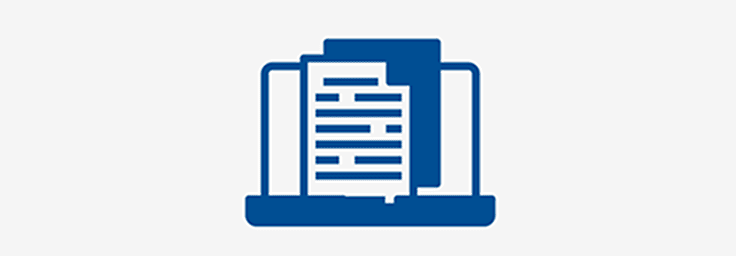Achieving Efficiency and Quality Beyond Distillation Methods
Microza® membrane solutions provide a stable supply of high-quality pharmaceutical water with lower energy consumption compared to conventional distillation. They also greatly reduce the risk of contamination and the burden of inspection and maintenance. Comprehensive support is provided from installation to maintenance, delivering long-term cost benefits and peace of mind.
Contributing to Improved Energy Efficiency and Decarbonization by Moving Away from Distillation Methods
In conventional pharmaceutical water production by distillation, steam generation followed by cooling and condensation results in high energy consumption and increased CO2 emissions. However, membrane-based methods have been officially approved in the pharmacopoeias of Japan, Europe, and the United States, providing a new option to produce high-quality pharmaceutical water without the need for boiling or extensive cooling, with significantly lower energy requirements.
Microza® membrane-based solutions eliminate the need for boiling and cooling processes, enabling stable supply of high-quality pharmaceutical water while significantly reducing energy usage. As heating and evaporation are minimized, the system contributes to both decarbonization and cost reduction.
| Evaluation Item | Membrane Method | Conventional Method | Remarks |
|---|---|---|---|
| Performance (Water Quality) | ◎ | ◎ | Comparable water quality (both meet pharmacopoeia limits). Endotoxin removal: Membrane >99.999%, Distillation 99.9%. |
| Contamination Risk | ◎ | △ | Membrane: None if undamaged; allows continuous/circulating flow. Distillation: Cannot avoid particle contamination in droplets; repeated shutdowns for full tank and pressure tests. |
| Energy | ◎ | △ | Membrane: Electricity and heating costs only. Distillation: Electricity, heating, and latent heat for evaporation—about twice the membrane method and increases with capacity. |
| Initial Cost | ◎ | △ | Small scale (<1 m3/h): Comparable. Medium scale (1–3 m3/h): Twice that of membrane. Large scale (3–15 m3/h): Three times that of membrane. |
| Operating Cost | ◎ | ○ | At 1.8 m3/h, membrane method provides 40% cost reduction. Membrane: electricity, steam, water replacement. Distillation: electricity, steam, pressure inspection. |
| Layout | ◎ | ○ | At 4 m3/h, membrane method requires 1/10 the space. Membrane: 1×1×2 mH; Distillation: 5×2×3 mH. |
| Operational Track Record | △ | ◎ | Membrane use is mainly in domestic injectable drug production. EU Pharmacopoeia did not allow non-distillation WFI until April 2017. |
Achieving Water Quality Unattainable by Conventional Methods
In pharmaceutical water production, conventional distillation can result in contamination and water quality fluctuation. Other UF membrane modules often fail to achieve sufficient filtration performance, preventing transition to membrane filtration. Microza® solves these issues. Its double-skin UF membrane modules provide high filtration performance, achieving water quality levels and contamination risk reduction that were difficult with conventional UF products.
Learn more about technical features of Microza®, such as the double-skin structureWith the VIP-3017 model capable of operation at temperatures up to 80°C, steam sterilization processes are also supported. This enhances hygiene control and ensures stable water quality. Microza® membrane systems also reduce risks from microorganisms and endotoxins more effectively than distillation.
Additionally, using a dual-pass UF process combining SIP-3023 and VIP-3017 adds a second layer of protection against membrane failure, ensuring system reliability even in the event of unforeseen issues.
Reducing the Burden of Pressure Vessel Inspections and Maintenance Workload
Pharmaceutical manufacturers using distillation systems face mandatory inspections such as Class 1 pressure vessel testing, which result in significant labor and cost burdens. Ongoing maintenance is also costly, making resource allocation difficult in daily operations.
To address these issues, switching from distillation to a new approach is essential. By adopting Microza® WFI (Water for Injection) equipment combined with a remote monitoring performance maintenance service, the cost and operational burdens associated with distillation can be reduced, enabling more efficient system management.
Learn More About WFI EquipmentThe remote monitoring and performance maintenance service provides the following support system.
-
Regular Monitoring of Operating Status via Remote SupervisionRemote monitoring is conducted twice daily for parameters such as pressure, flow rate, temperature, tank water level, and bio-particles. This supports early detection of abnormalities and ensures stable membrane system operation.
-
Maintain Stable Operation with Semiannual Comprehensive InspectionsRegular implementation of air leak inspections, consumable replacement, and steam sterilization helps prevent issues and keeps equipment in optimal condition.
-
Membrane Replacement Every Two YearsThis supports long-term performance maintenance and reduces unexpected downtime and quality risks.
Extensive Track Record and Service System for Reliable Use
Microza® has over 30 years of experience in pharmaceutical-grade water systems, with more than 350 operational sites worldwide. Based on this extensive expertise, over 10,000 systems have been deployed. As demonstrated by these results, Microza® offers continuous support from installation to operation to ensure long-term, stable use.

